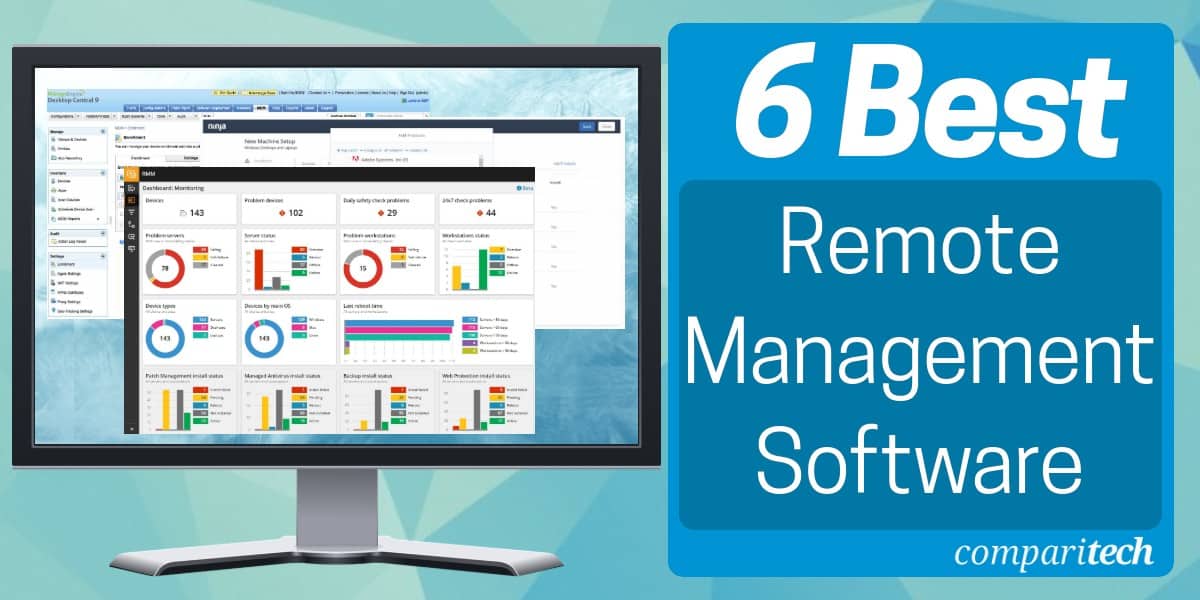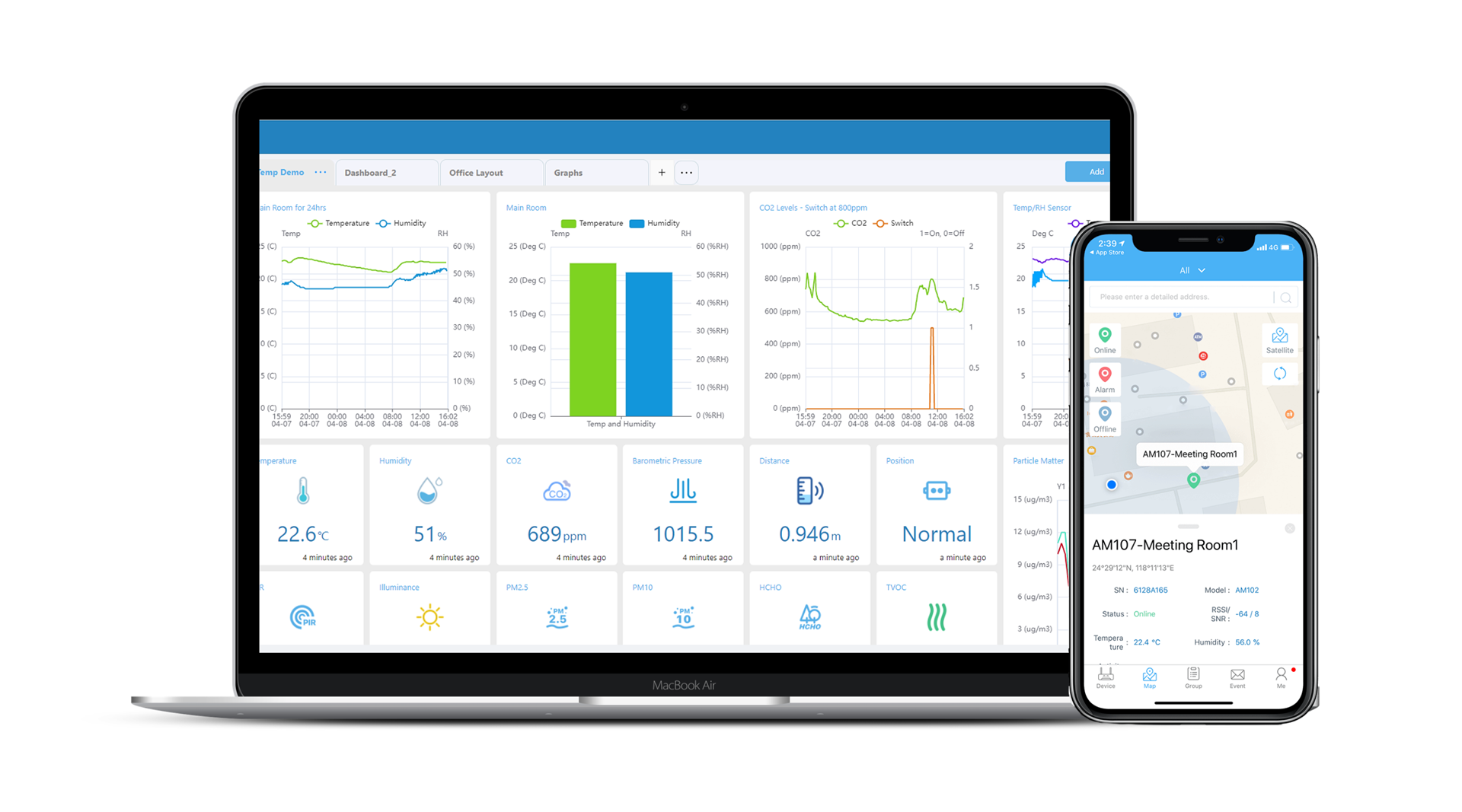Are you ready to unlock the full potential of your Internet of Things (IoT) devices? IoT remote access is no longer a luxury, but a necessity for businesses seeking to optimize performance, ensure security, and maintain operational efficiency in today's interconnected world. Imagine being able to troubleshoot a critical sensor on a factory floor from your office across the globe, or updating the firmware of a fleet of connected vehicles without bringing them in for service. This is the power of IoT remote access, and it's transforming industries at an unprecedented pace.
The ability to remotely connect to, monitor, and control IoT devices is revolutionizing how we manage everything from smart appliances to complex industrial systems. It eradicates the need for physical presence, enabling real-time interventions and proactive maintenance. This capability is especially vital as the number of connected devices continues to explode, creating a vast network of data and functionalities that must be managed securely and efficiently. The benefits extend across multiple sectors, impacting logistics, manufacturing, healthcare, and more. With the right tools and strategies, businesses can leverage IoT remote access to gain a competitive edge, reduce operational costs, and improve customer satisfaction.
| Aspect | Description |
|---|---|
| Definition | The ability to connect to, monitor, and control Internet of Things (IoT) devices from a remote location, allowing for efficient management and troubleshooting without physical presence. |
| Key Benefits | Reduced operational costs, improved response times, enhanced security, proactive maintenance, scalability, and global accessibility. |
| Applications | Smart homes, industrial automation, connected vehicles, healthcare monitoring, supply chain management, and environmental monitoring. |
| Security Considerations | Secure authentication, encryption, regular security audits, and vulnerability assessments are crucial to protect devices and data from unauthorized access. |
| Protocols & Technologies | SSH, VNC, remote bash commands, and specialized IoT management platforms are used to establish secure and reliable remote connections. |
| Market Growth | The deployment of IoT technology in the global supply chain market is forecasted to grow at a CAGR of 13.2% between 2020 and 2030, indicating the increasing importance of remote access capabilities. |
However, establishing IoT remote access isn't always straightforward. The process can vary considerably depending on the specific device, its manufacturer, and the network infrastructure. A crucial first step is ensuring that your IoT devices actually support remote access functionality. Not all devices are created equal, and some may lack the necessary hardware or software to enable remote control. Once you've confirmed compatibility, the next step involves configuring your network and devices to allow secure remote connections. This often involves setting up port forwarding, configuring firewalls, and establishing secure authentication protocols. Neglecting these security considerations can leave your devices and network vulnerable to cyberattacks.
- Johnny Somali Controversy Biography And Reactions Latest News
- Jonny Harris Kaitlin Kozell Love Career Life What You Need To Know
A range of software solutions are available to facilitate IoT remote access, each with its own strengths and weaknesses. Some platforms, like AWS IoT Device Management, offer comprehensive tools for onboarding, organizing, monitoring, and remotely managing IoT devices at scale. These platforms often include features such as over-the-air (OTA) updates, remote diagnostics, and secure device provisioning. Other solutions, like TeamViewer, provide remote desktop access and support capabilities, allowing technicians to remotely control devices and troubleshoot issues as if they were physically present. Choosing the right software depends on the specific needs of your organization, the types of devices you're managing, and your security requirements.
Consider the benefits of a platform like Cumulocity IoT, offered by Software AG. This platform simplifies the process of connecting equipment and remotely monitoring its performance. By leveraging such platforms, businesses can proactively identify and address potential issues before they escalate, reducing downtime and improving overall efficiency. The Arduino IoT Remote Phone application offers a different approach, allowing users to control and monitor their dashboards in the Arduino Cloud. This application also provides access to the phone's internal sensors, such as GPS data and light sensors, enabling innovative applications and use cases.
The importance of security in IoT remote access cannot be overstated. With the increasing number of connected devices, the attack surface for cybercriminals is expanding rapidly. Securing remote access channels is crucial to prevent unauthorized access, data breaches, and device manipulation. Best practices include implementing strong authentication mechanisms, such as multi-factor authentication, encrypting data in transit and at rest, and regularly updating device firmware and software to patch security vulnerabilities. It's also essential to conduct regular security audits and penetration testing to identify and address potential weaknesses in your IoT infrastructure.
- John Heilemanns Health Unconfirmed Rumors Facts Unveiled
- Girl Meets Farm Latest News Updates Molly Yehs Journey
IoT remote access is transforming the logistics industry, offering unprecedented visibility and control over the supply chain. By deploying IoT sensors and devices on vehicles, containers, and packages, businesses can track the location and condition of goods in real-time. This data can be used to optimize routes, improve delivery times, and reduce the risk of loss or damage. Remote access capabilities allow logistics managers to remotely monitor the performance of vehicles, track fuel consumption, and diagnose mechanical issues. This proactive approach can help prevent breakdowns, minimize downtime, and ensure the timely delivery of goods. A recent study highlighted the significant growth potential in this area, forecasting a CAGR of 13.2% for IoT deployment in the global supply chain market between 2020 and 2030.
The shift towards remote work has further accelerated the demand for IoT remote access solutions. With more employees working from home, the ability to remotely monitor and control critical infrastructure and equipment is more important than ever. IoT devices can be used to monitor building systems, such as HVAC and lighting, ensuring that they are operating efficiently and securely. Remote access capabilities allow facilities managers to remotely adjust settings, troubleshoot issues, and respond to emergencies without needing to be physically present. This not only improves operational efficiency but also reduces the risk of exposure to health hazards.
Remote access is also instrumental in managing and maintaining fleets of connected vehicles. From monitoring engine performance to remotely diagnosing mechanical issues, the benefits are extensive. Secure protocols like SSH, VNC, and port forwarding allow technicians to access vehicle systems and perform diagnostics from anywhere in the world. This reduces downtime, streamlines maintenance schedules, and ultimately lowers operational costs. The ability to push software and firmware updates remotely ensures that vehicles are always operating on the latest version, improving performance and enhancing security.
Consider the impact on industries that rely on remote and distributed assets, such as energy, utilities, and agriculture. In these sectors, IoT devices are used to monitor critical infrastructure, such as pipelines, power grids, and irrigation systems. Remote access capabilities allow operators to remotely monitor the performance of these systems, detect anomalies, and respond to emergencies. This proactive approach can help prevent failures, minimize downtime, and ensure the reliable delivery of essential services. For example, in agriculture, IoT sensors can be used to monitor soil moisture, temperature, and nutrient levels, enabling farmers to remotely adjust irrigation and fertilization schedules. This optimizes resource utilization, reduces waste, and improves crop yields.
The integration of IoT remote access with edge computing is creating new opportunities for real-time data processing and decision-making. Edge computing involves processing data closer to the source, reducing latency and improving responsiveness. By deploying edge devices with remote access capabilities, businesses can perform real-time analytics and control actions without needing to send data to the cloud. This is particularly valuable in applications that require fast response times, such as autonomous vehicles and industrial automation. For example, in a manufacturing plant, edge devices can be used to monitor the performance of machinery and detect anomalies in real-time. Remote access capabilities allow technicians to remotely diagnose issues, adjust settings, and perform maintenance actions, minimizing downtime and improving productivity.
However, the benefits of IoT remote access are not without their challenges. One of the biggest challenges is ensuring the security of remote access channels. With the increasing sophistication of cyberattacks, businesses must implement robust security measures to protect their IoT devices and networks from unauthorized access. This includes implementing strong authentication mechanisms, encrypting data in transit and at rest, and regularly updating device firmware and software. It's also essential to conduct regular security audits and penetration testing to identify and address potential weaknesses in your IoT infrastructure. Another challenge is managing the complexity of IoT deployments. With the increasing number of connected devices, businesses need to have effective tools and processes for onboarding, organizing, monitoring, and remotely managing their IoT assets.
The future of IoT remote access is bright, with continued advancements in technology and increasing adoption across various industries. As the number of connected devices continues to grow, the demand for remote access solutions will only increase. Businesses that embrace IoT remote access and implement robust security measures will be well-positioned to reap the benefits of this transformative technology. Whether it's optimizing supply chains, enhancing remote work capabilities, or improving the efficiency of critical infrastructure, IoT remote access is empowering businesses to achieve new levels of performance and productivity.
Solutions like secure shell (SSH), virtual network computing (VNC), and remote bash commands offer varying levels of access and control. Each method has its advantages depending on the specific task. SSH provides a secure command-line interface, ideal for configuration changes and system administration tasks. VNC allows for a graphical desktop experience, useful for applications that require visual interaction. Remote bash commands offer a quick way to execute scripts and perform basic tasks on remote devices. The choice of method depends on the specific requirements of the task and the security protocols in place.
Ultimately, the effectiveness of IoT remote access hinges on a well-defined strategy that considers device compatibility, network security, and user access controls. By carefully planning and implementing these measures, businesses can harness the full potential of IoT remote access and drive innovation across their operations. This capability extends beyond simple screen sharing, encompassing terminal access, app control, and edge management, offering a holistic approach to complex IoT scenarios. The ability to securely troubleshoot and resolve device issues from anywhere in the world is a game-changer, enabling businesses to maintain uptime, optimize performance, and deliver exceptional service to their customers.



Detail Author:
- Name : Prof. Norval Haley MD
- Username : amckenzie
- Email : tiana.lowe@hotmail.com
- Birthdate : 1982-07-15
- Address : 70248 Jeremy Keys East Jerrod, AK 10227-3289
- Phone : (918) 909-6311
- Company : Treutel-Parisian
- Job : Biological Science Teacher
- Bio : Ipsam in nihil voluptas consectetur doloremque. Qui alias aut id voluptas. Tenetur debitis quia ipsum quia corrupti.
Socials
instagram:
- url : https://instagram.com/blandao
- username : blandao
- bio : Suscipit dicta nobis eos modi cum aliquid nulla totam. Quisquam soluta qui quis eos.
- followers : 138
- following : 972
facebook:
- url : https://facebook.com/oblanda
- username : oblanda
- bio : Qui repellat eveniet qui ducimus dolorum.
- followers : 744
- following : 2291